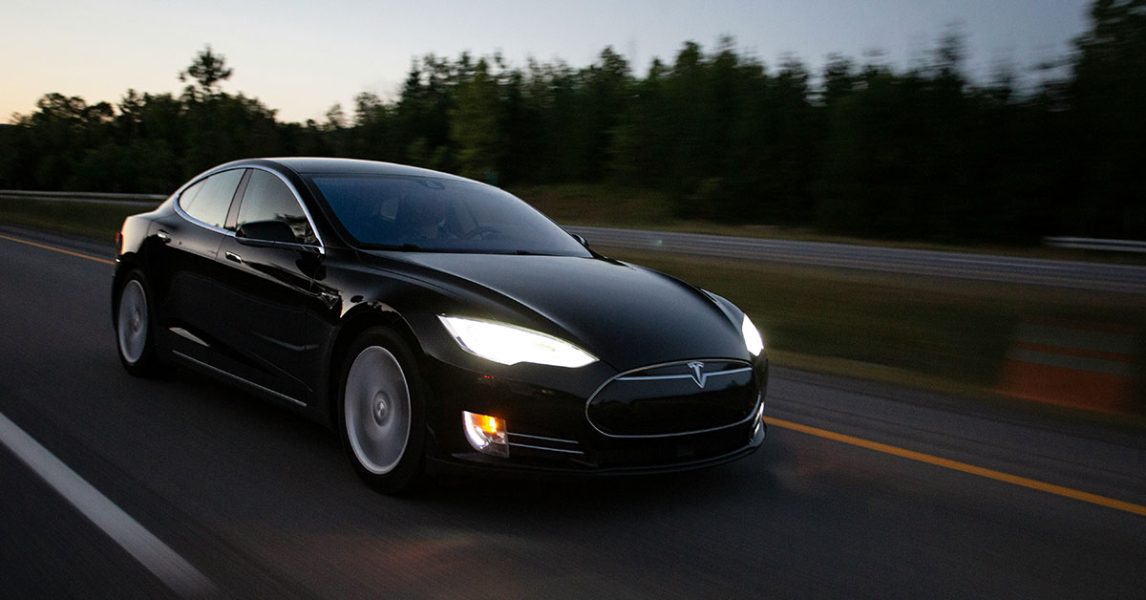
The argument for driverless vehicles
For your employeesAutonomous, driverless or self-driving vehicles are no longer a distant dream; they’re a reality. Although fully autonomous vehicles aren’t yet available to the public, they’re already emerging as the transportation mode du jour for Silicon Valley giants like Google, Microsoft and Amazon. As of 2024, ‘robotaxis’ can now be seen chauffeuring commuters from one place to another on Californian roads in the USA.
As technology evolves and regulatory landscapes change, countries like Australia and New Zealand are preparing for what is sure to be a transportation revolution. And, as the journey towards fully autonomous vehicles continues, debates about potential benefits and challenges rage.
In this article, we consider some of the arguments for autonomous vehicles and why this technology is being embraced by various stakeholders.

Environmental benefits
With many driverless technology manufacturers investing in electric and hybrid, the environmental benefits of autonomous vehicles are immense. Australia and New Zealand have both set ambitious targets for reducing their carbon footprints, with self-driving vehicles set to play a pivotal role.
A report from McKinsey & Company suggests the widespread adoption of autonomous vehicles could cut global CO2 emissions by up to 300 million metric tons per year.
Economic benefits
From job creation in tech and manufacturing sectors to reduced logistics costs, autonomous vehicles are expected to have a vast positive impact economically.
The World Economic Forum estimates driverless vehicles could contribute over $7 trillion to the global economy by 2050. An analysis by McKinsey & Co revealed that “based on consumer interest in autonomous driving (AD) features and commercial solutions available on the market today, Advanced Driver Assistance Systems (ADAS) and AD could generate between US$300 billion and US$400 billion in the passenger car market by 2035.”
Furthermore, with Australia and New Zealand being prime locations for autonomous testing due to unique driving conditions and terrain, we stand to benefit significantly from foreign investment in AD research and development.

Improved road safety
One of the most frequently cited benefits of autonomous vehicles is their potential to significantly lessen accident rates, although this belief is not shared by everyone.
In Australia alone, 1,266 people lost their lives on the road in 2023. Human error is responsible for 90% of these accidents. With self-driving vehicles equipped with sensors, radar, cameras and artificial intelligence systems, these vehicles have the potential to eliminate, or at least drastically reduce, accidents caused by driver fatigue, distractions and driving under the influence of alcohol or drugs.
Reduced traffic congestion
Autonomous vehicles have the potential to streamline traffic flow, leading to less congestion. In cities like Sydney and Auckland, traffic congestion is a growing concern, with daily commutes becoming longer and more stressful.
Driverless cars communicate with each other in real time, predicting and avoiding traffic jams. Additionally, they can optimise routes to reach their destinations faster. A 2023 Monash University study estimates that the adoption of AD technology could increase public transport use by 3% and reduce personal car use by as much as 6%.

Improved mobility for the elderly and disabled
In Australia, where approximately one in six people live with a disability, self-driving vehicles have the potential to provide increased independence and greater quality of life. Driverless transport can be programmed to cater to specific needs, ensuring safe and accessible transportation for those who can’t drive.
For individuals with visual or mobility restrictions, AD vehicles could be a reliable and safer alternative to traditional public transport.
Combating driver impairment
Impaired driving remains a leading cause of road fatalities, with drunk driving responsible for 30% of road deaths in Australia. Similarly, drug-related impairment and fatigue are major contributors to accidents, with drowsy driving responsible for nearly 20% of all fatal crashes in New Zealand.
Driverless cars could eliminate impaired driving by taking control of the vehicle, regardless of the driver’s physical or mental state.
Similarly, autonomous vehicles don’t rely on human judgement or reflexes, which can be impaired by alcohol or drugs. By removing the need for a sober driver, the likelihood of accidents caused by impaired individuals getting behind the wheel is drastically reduced.

Reducing fatigue-related crashes
Many long-distance truck drivers, shift workers and travellers push through exhaustion, which leads to slower reaction times and even falling asleep behind the wheel.
Of course, autonomous vehicles don’t suffer from fatigue and can operate 24/7 without requiring rest. This can decrease the risk of accidents due to drowsy driving, providing a safer alternative for long trips or late-night commutes.
Addressing driver distraction
According to Australia’s National Road Safety Partnership Program (NRSPP), distracted drivers account for 16% of road crashes that result in hospital attendance.
There is no shortage of distractions: mobile phone use, snacking while driving, and looking at billboards and GPS systems are just a few ways our attention can be taken away from our driving. Autonomous vehicles, on the other hand, eliminate the human element from driving — the primary source of distractions — by relying on a combination of sensors, cameras, radar and artificial intelligence (AI) to monitor and navigate their surroundings. For example, a driver distracted by their phone might not notice a pedestrian crossing the street, whereas an autonomous vehicle would detect the person instantly and stop accordingly.
This continuous attention to the road potentially offers a safer and more reliable alternative to human-driven cars.

Insurance benefits
Autonomous vehicles are poised to revolutionise motor vehicle insurance in Australia and Aotearoa New Zealand.
Firstly, there is the potential for a fundamental change in the way risk — and, by extension, the premiums we pay — are calculated. Secondly, driverless vehicles could change the determination of liability in the event of a collision: the ‘driver’, the software coders and original equipment manufacturers (OEMs), or the vehicle manufacturer?
With incident numbers anticipated to fall due to self-driving vehicles, it’s likely we’ll experience a sharp decline in the number of claims lodged by policyholders. As insurers’ claim costs decline, the conditions would be ripe for a fall in the premiums charged to policyholders.
With driverless cars, liability is widely expected to shift from individual ‘drivers’ to vehicle manufacturers or the creators of the vehicle’s software systems. In a more extreme analysis, a 2015 McKinsey report on the future of AVs suggested insurers could turn their focus from protecting consumers to insulating vehicle manufacturers and OEMs from liability; similar to insurance for cruise lines and shipping companies.
With Australian law currently stating that automated driving systems can’t be classified as legal drivers, all eyes will be on how insurers and state and federal governments adapt as the use of autonomous vehicles grows.

IN CONCLUSION
The future of transportation in Australia and New Zealand is poised for transformation, with autonomous vehicles at the heart of the change. While there are still challenges to be addressed, the potential benefits – from enhanced road safety to environmental sustainability and economic growth – make a compelling case for their adoption.
As technology continues to evolve, so too will opportunities arise from this exciting new era of mobility.
Want to start a conversation about the future of mobility? Talk to SG Fleet today.
 Driving Insights
Driving Insights
